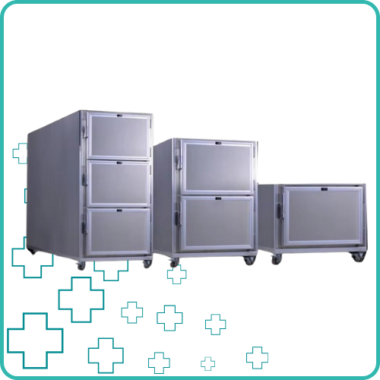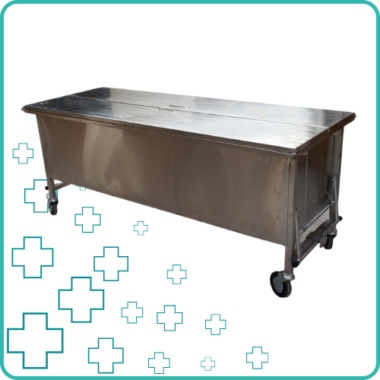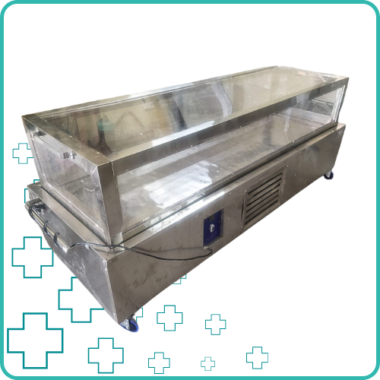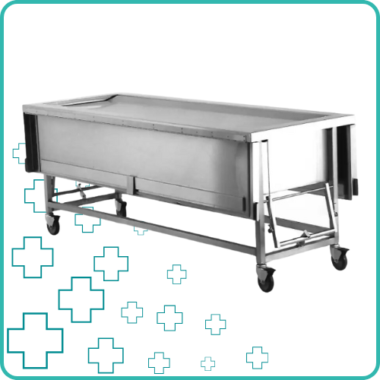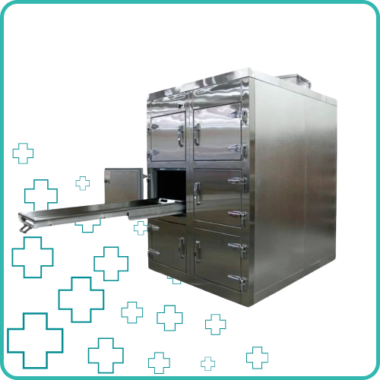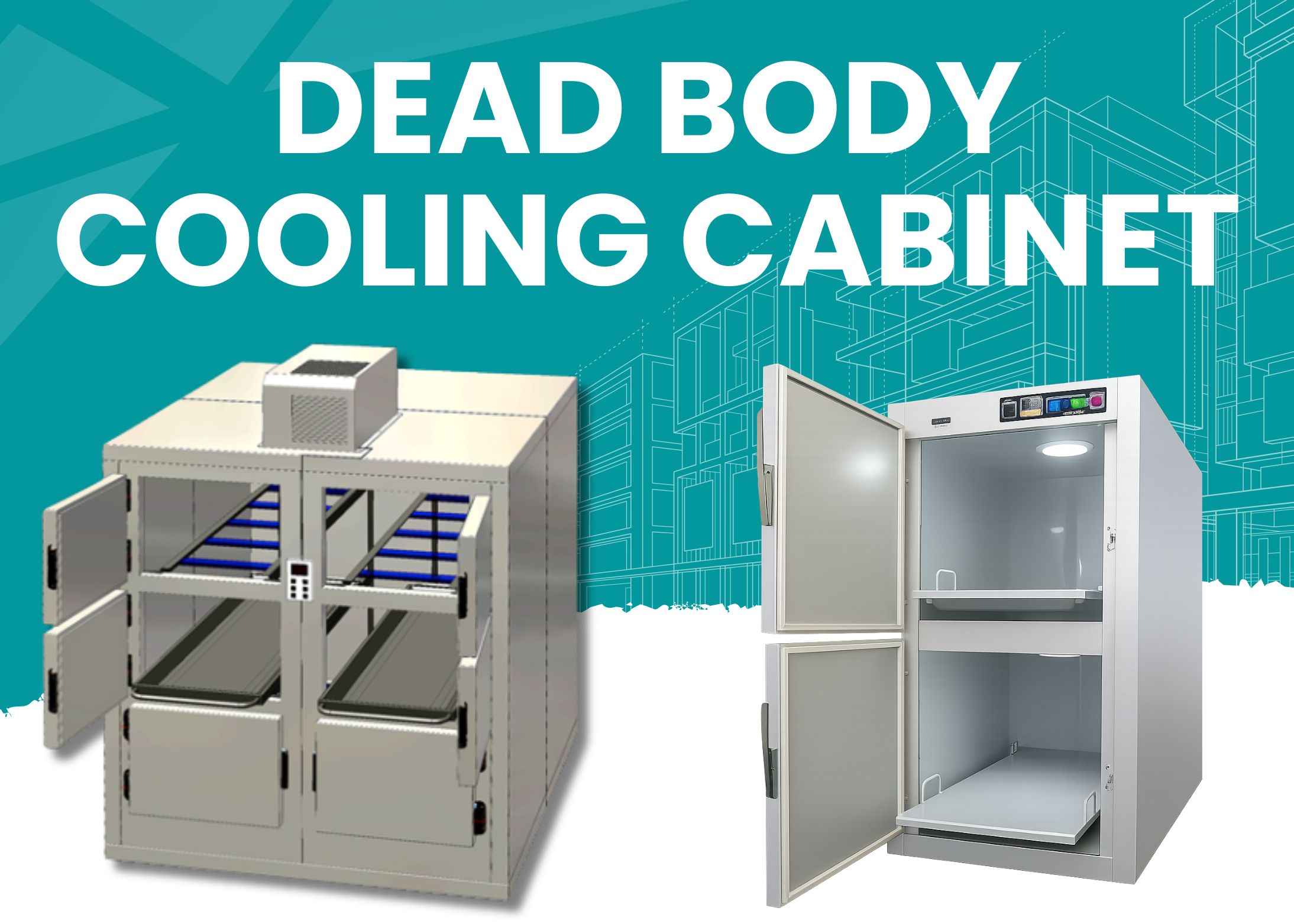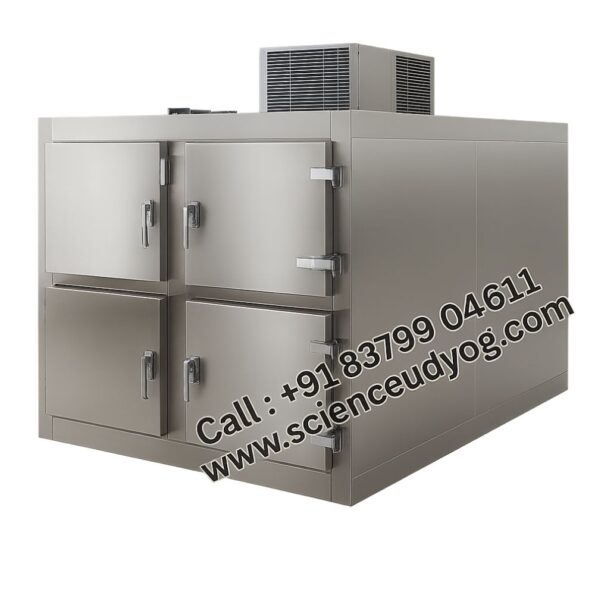Certainly! Here is an expanded and SEO-optimized version of your introductory paragraph using the main keyword (“Dead Body Cooling Cabinet”) and LSI keywords such as dead body cooling machine, cooling cabinet for dead body, cooling dead body box, and cooling glassed dead body. It retains a user-problem-centric tone in very simple English:
When a loved one passes away, it brings not only emotional pain but also practical challenges for families, hospitals, mortuaries, and other institutions. One of the biggest concerns is how to preserve the body safely until the final rites, transportation, or medical procedures are arranged. If a dead body is not stored in the right temperature, it begins to decompose quickly, which can cause distress to the family and health risks to the staff handling the body.
This is why using a Dead Body Cooling Cabinet becomes very important. It is a reliable and safe way to store dead bodies in a low-temperature environment. These cabinets are specially designed machines that act like a refrigerator for human remains. Whether you call it a dead body cooling machine, a cooling cabinet for dead body, or a cooling dead body box, the purpose remains the same – to slow down decomposition and preserve the body respectfully and hygienically.
Some advanced units also come with transparent or cooling glassed dead body compartments that allow viewing without disturbing the cooling process. These units are highly helpful in hospitals, forensic labs, funeral homes, and disaster situations where multiple bodies may need safe storage.
In this article, we will explore everything you need to know about Dead Body Cooling Cabinets – how they work, their types, their benefits, and how they help solve real-life problems faced by families and institutions during difficult times. Whether you are a hospital administrator, funeral service provider, or just someone looking to understand the options available, this guide will help you make informed decisions.


